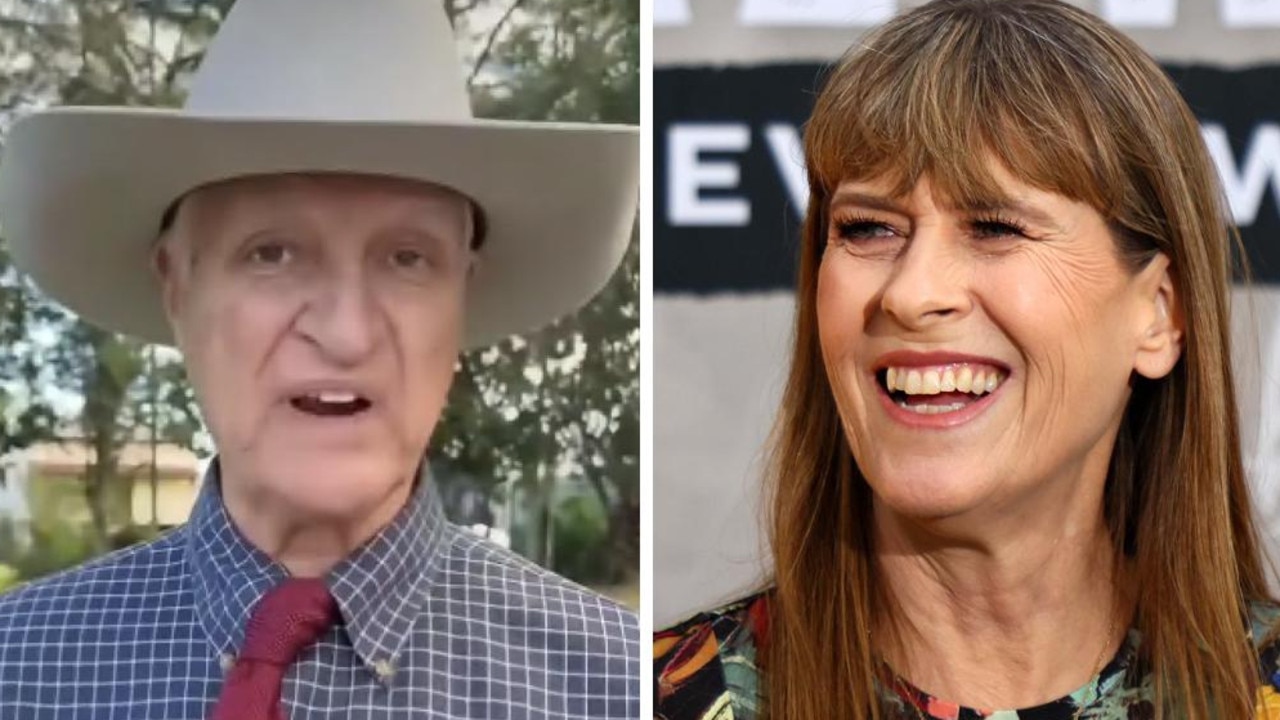Fight to allow dogs and cats to be adopted after being used for medical research in Australia
Most Australians aren’t even aware that dogs and cats are used in medical research. But what happens afterwards makes it even worse.

When children see Max* they are drawn to his gentle soul and there’s no sign that he was born in a research facility, possibly for use in medical testing.
For many Max represents an industry they didn’t even know exists in Australia.
Max is a beagle cross kelpie who was born in a research facility somewhere in NSW.
For almost nine years he lived in the facility and may have undergone testing or been used for educational purposes along with thousands of other dogs and cats.
Most of these dogs and cats are euthanised when they are no longer useful, despite giving up their lives to be tested on so that humans can enjoy safe products, or so students can learn how to groom and care for animals.
Facilities can chose to give these animals to rescue groups for rehoming but they very rarely do.
Max was one of the rare ones who got out and was allowed to be put up for adoption.
His new owner, Sydney resident Patrice Pandeleos said she was shocked when she found out animal testing still went on in Australia.
“I had absolutely no idea it happened in Australia,” she said.
“My understanding is that the first option for these animals, once they have been put through testing is euthanasia, which is so sad. These animals have sacrificed so much to make the world a better place and they’re just discarded.”
One of the most heartbreaking moments happened when she first got Max.
“I rushed out and bought him about 20 different treats and probably the same amount of toys to put in front of him,” she said. “But he was petrified, he had no idea what a ball was, he didn’t know what a treat or a toy was. He ran and hid.”
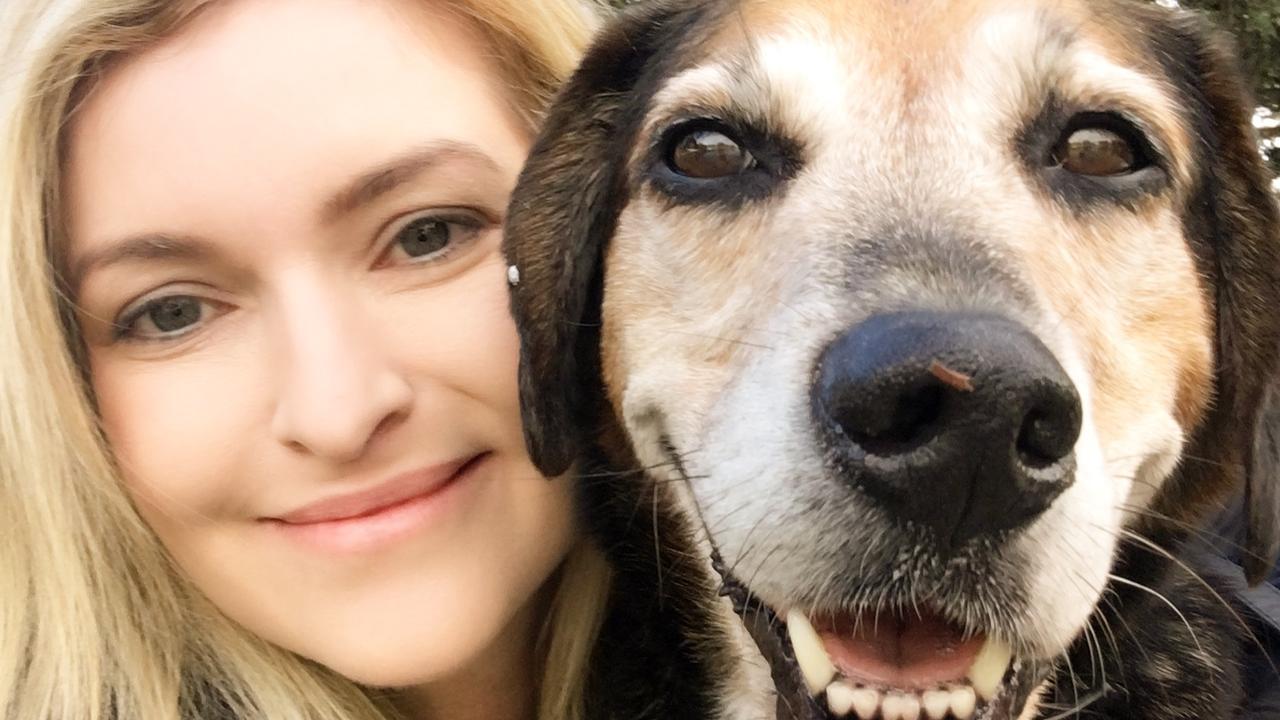
Cosmetic testing is banned in Australia but hundreds of thousands of animals including mice, guinea pigs, rabbits, hamsters, ferrets, birds, fish, reptiles, native animals and even exotic animals like baboons are still used for medical research.
Thousands of dogs and cats are used every year but most procedures only involve minor interaction such as a breeding study with no harm to the animal. The animals can also be used by education facilities to teach normal activities such as handling and grooming.
However, hundreds are also put through more rigorous testing and can be used as part of the process of producing products such as hormones or drugs.
According to the latest figures from the NSW Department of Primary Industries, 194 dogs and 15 cats were used in testing for biological products in 2017.
A further 134 dogs and 87 cats were used to test products to meet requirements for bodies like the Australian Pesticides and Veterinary Medicines Authority.
Dozens more undergo minor operations such as biopsies or castration as well as major surgery such as transplant or orthopaedic surgery. About 20 were part of physiological or psychological studies that may have included long-term starvation, arthritis studies with pain relief, or minor infections.
Many of these animals know no other life as they are bred specially for research purposes with about 70 dogs and 80 cats being held for use in future projects.
As part of the conditions for Max’s release, Ms Pandeleos will never be able to find out where he came from or what testing he went through. She adopted Max through an animal welfare organisation that also did not want to be named.
Despite being warned that it might take six to 12 months for Max to behave like a “normal” dog, Ms Pandeleos said he had adapted very quickly.
“He has been an absolutely perfect dog. He was toilet trained in 24 hours and hasn’t ripped up a single thing,” she said.
“He comes to work and sits on his bed patiently while I work. He sits patiently while I have a cappuccino at the cafe and he has a puppaccino. He’s a Surry Hills dog. He loves the dog park, he loves other dogs and kids. He is a case study in why people shouldn’t judge rescues.”
Rescue groups hope that more dogs like Max will be released and the Animal Justice Party NSW is pushing the Berejiklian Government to make it mandatory for research animals to be offered up for adoption instead of euthanased.
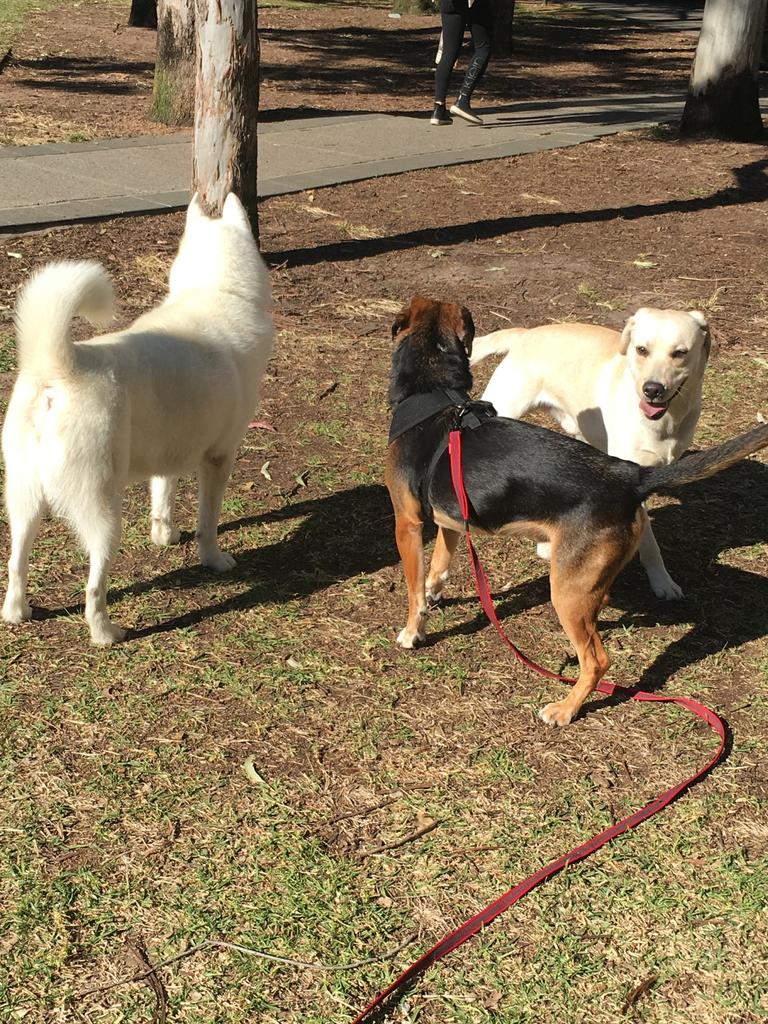
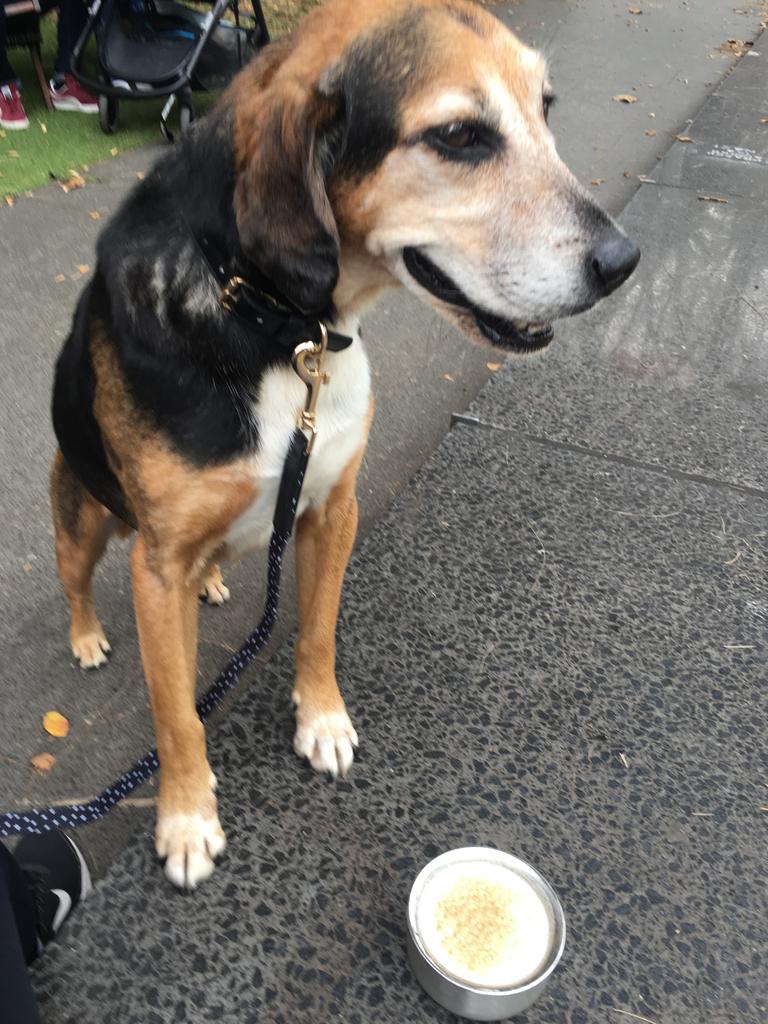
The Animal Justice Party’s upper house member Mark Pearson introduced a Right to Release bill in parliament last year but it was declined by the government on the grounds that it should be passed as regulation rather than legislation.
When asked whether the government would be introducing regulation, a spokesman for Minister for Agriculture Adam Marshall said, “This matter is currently under consideration by government.”
Mr Pearson’s fellow upper house colleague Emma Hurst told news.com.au it was almost impossible to get any dogs and cats out of facilities.
“These animals aren’t being released from research,” she said. “There are guidelines for rehoming within the industry but no one is actually doing it.”
Almost 2000 people signed a petition to support the bill last year and Ms Hurst is hoping to keep up the pressure on the government.
“If we can get this regulation through, we will be the first state in Australia to do it and it may pave the way for other states to push for the same changes,” she said.
The hope is that other dogs like Max will be given another chance at life.
Ms Pandeleos got Max just before his ninth birthday and the average life expectancy for a medium sized dog is about 12 years.
“I can only give him the best possible life,” she said.
“He ate chicken breast for breakfast and meatballs for lunch, as well as his Science Diet biscuits. He’s very well fed. I’m trying to make up for lost time with him.”
As much as Ms Pandeleos wants to make life as comfortable as possible for Max, she says he has also changed her life for the better.
“In the first month he put on three kilos and I lost three kilos because we were going on so many walks,” she said.
“He keeps me active and also provides such great companionship. You realise how much they make things better, whether that’s watching The Bachelor or being at work, it’s so much better to have a dog by your side.”
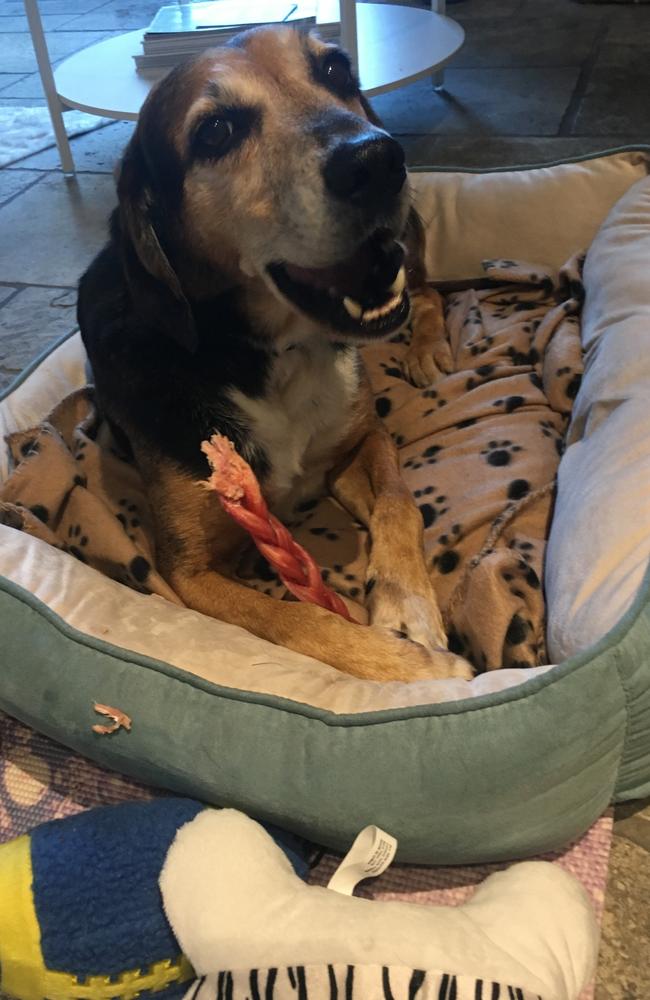
* Name has been changed
Continue the conversation @charischang2 | charis.chang@news.com.au




